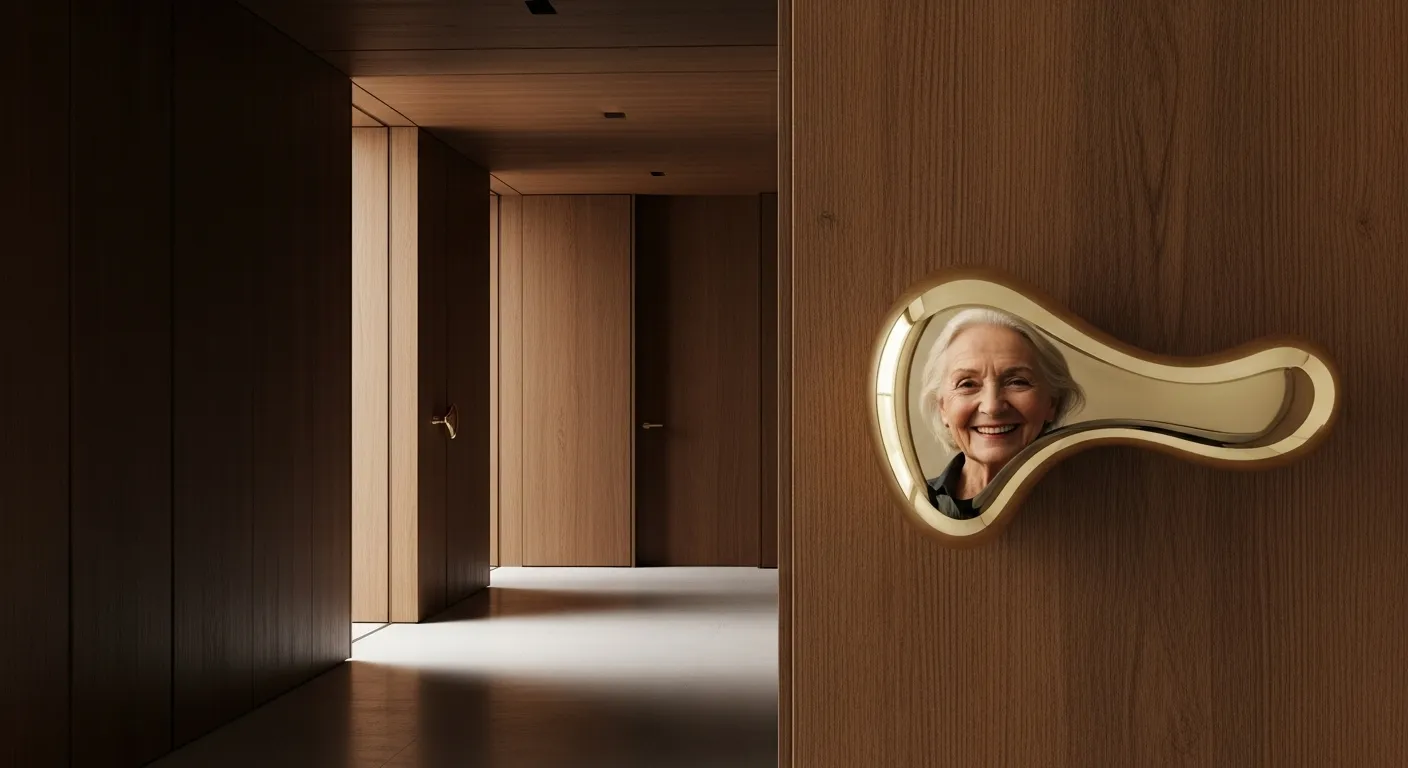
As a leading voice in interior design, we at NewDecorTrends.com see beyond fleeting fads. We decode the subtle shifts that separate a merely decorated room from a truly designed space. The difference often lies not in budget, but in intention. A thoughtfully curated home whispers sophistication, while certain common home decor mistakes can inadvertently shout “amateur.”
The concept of “cheap” in design isn’t about the price tag. It’s about a lack of cohesion, a disregard for fundamentals, and a reliance on transient, mass-produced aesthetics. True luxury—what the industry now calls “quiet luxury”—is rooted in quality, personal narrative, and timeless principles. It’s the feeling of a space that is both deeply personal and impeccably resolved.
This report is your guide to elevating your home by sidestepping the most common interior fails. We’re not here to judge; we’re here to empower you with the professional insights needed to create a space that looks curated, expensive, and authentically yours. Let’s explore the ten critical missteps to avoid and the sophisticated solutions that will transform your home from commonplace to compelling.
Mistake #1: The Floating Rug Fiasco
There is perhaps no faster way to make a living room feel disjointed and undersized than with an improperly scaled area rug. The “floating rug”—a small rectangle marooned in the middle of a room with no furniture touching it—is a cardinal sin of interior design. It visually shrinks the space and makes the furniture arrangement appear accidental and untethered.
A rug’s purpose is to anchor a seating area, define a zone, and create a unified foundation. When it’s too small, it fails at all three. This is one of the most frequent home mistakes we see, and it instantly signals a lack of design consideration. The result is a room that feels fragmented and, frankly, cheap, because it looks like an afterthought.
The Sophisticated Solution: The golden rule is that at least the front two legs of every major piece of furniture in a seating arrangement should rest comfortably on the rug. In a perfect world, all furniture legs would be on the rug, with about 12-18 inches of bare floor between the rug’s edge and the walls. This creates a cohesive and intentional look that makes the entire room feel larger and more pulled-together. If your budget is a concern, consider layering a smaller, more decorative rug over a larger, inexpensive natural fiber one like jute or sisal.
—
